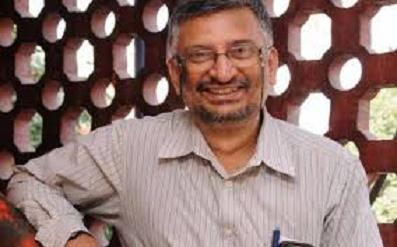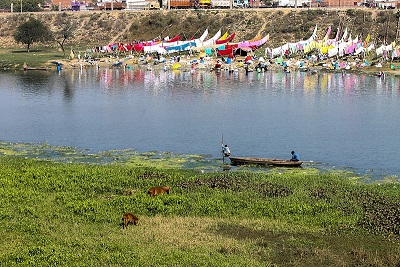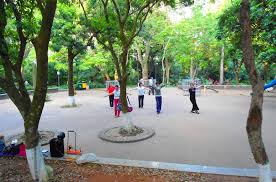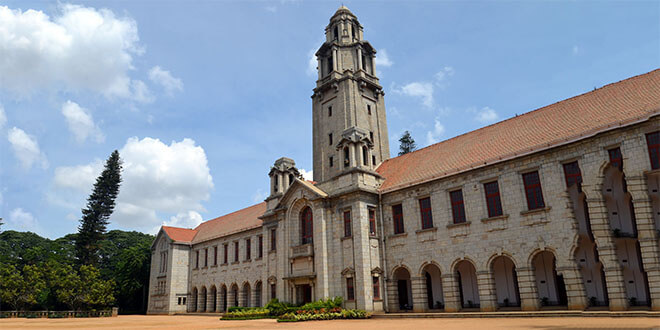Leather industry is on the threshold of a new path. Long vilified as one of the most polluting, it may soon see an image makeover with adoption of new technologies and processes developed by the Central Leather Research Institute (CLRI) at Chennai.
In conventional tanning processes, only about 60 percent of the material used is absorbed by leather and the balance drains away as effluent causing serious damage to environment. With the new technologies and processes, scientists claim, effluent discharges would be reduced substantially.
Speaking to India Science Wire, CLRI Director Dr B. Chandrasekaran said new technologies and processes would help strike a balance between the need to promote tanning industry and at the same time protect the environment. The new system would be practically waterless in the sense that water needed for tanning would be derived from moisture within the hide itself instead of an external source. Further, the new process requires only about 20 per cent of acids and salts that was needed in the traditional process. Patented additives are mixed instead of lime and water in the conventional drum-tanning method.
Chrome is used extensively in the process of tanning and it had been one of the major causes of environmental concern for the industry. The new ‘Waterless Chrome Tanning Technology’ (WLCT) developed by CLRI requires much less quantity of water as well as chrome. “With much reduced chrome and total dissolved solid load the effluent are much cleaner than the conventional process and the quality of leather thus produced is also found to be better than leather produced using conventional system,” said Dr Chandrasekaran.
CLRI Director Dr B. Chandrasekaran
“With much reduced chrome and total dissolved solid load the effluent are much cleaner than the conventional process and the quality of leather thus produced is also found to be better than leather produced using conventional system” : Dr Chandrasekaran.
Leather industry, he noted, was a job creating sector. “About 3.5 million people are engaged in leather and leather products sector and in the next four to five years, we have an opportunity to enhance this by another 2.5 million. So, soon about 6 million people would be directly and indirectly involved in this industry.”
India contributes seven percent of total hide and skin production to the global market. “In terms of animal population availability, we are at number one in buffalo, number two in goat, number four in sheep. In overall cattle population, India is at the top position,” Dr Chandrasekaran pointed out. India is the second largest footwear and leather garments producer in the world.
A by-product of the meat industry, leather has been in use from ancient times mainly for producing apparels. Today, its use has been diversified into footwear, accessories, handbags, belts and saddle also.
When an animal dies naturally or is slaughtered, its skin is removed and preserved using common salt. It is then sent to tanneries, where the salt is washed off and the hair removed with the help of sodium sulphate and lime. The skins and hides are then subjected to treatment with a wide variety of chemicals. Various pollutants such as chlorides, sulphates and other mineral salts end up in the effluent. “Animal hide is susceptible to decay like any natural organic material. Humans discovered a way to preserve the leather. We may use various chemicals or biological products like fish oil to remove the water from the skin but preserve its texture and integrity,” explained Dr Chandrasekaran who is one of the pioneers in the field of leather research in India.
The conventional process use profuse quantities of water either from fresh surface water source like river or lake or ground water. It requires about fifty litres of water per kilo of skin or hide. As a result, most tanneries were set up on the banks of fresh water that not only led to pollution but also left lesser quantity of water for agriculture and domestic use.
Dr Chandrasekaran obtained his B Tech and M tech from AC College of technology and later PhD in leather technology from Anna University. He specializes in cleaner production technologies, leather education leather product design and development, CAD techniques for leather product design, organizational development consultancy in R &D and organizational excellence.
CLRI is one of the largest training centres for leather-related technologies in the world with total student and training strength of over 300 per year. Dr Chandrasekaran has designed a mechanism for taking additional 250 project interns from various academic institutions in the country. Dr Chandrasekaran has 15 patents to his credit and has been awarded with many national and international awards. (India Science Wire)






